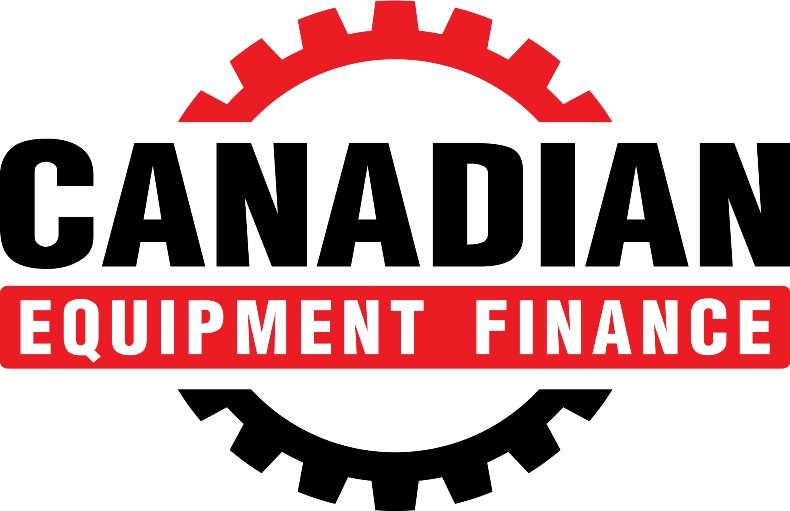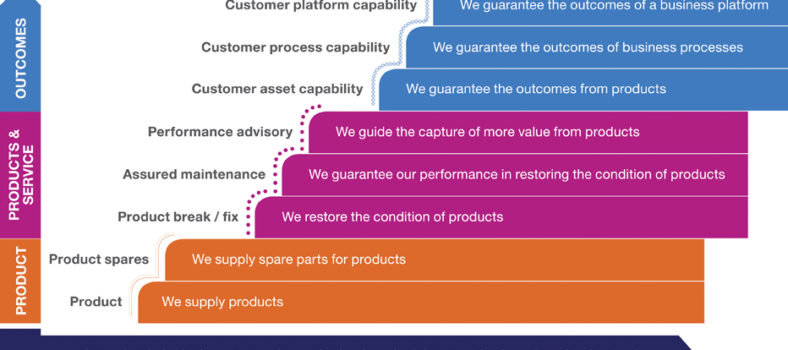 By Aaron Seaton
By Aaron Seaton
The execution of legal and administrative documents within lending and asset-based finance is a common task, which can be especially voluminous in equipment finance transactions. These documents are important, but they often lead to massive back-and-forth activities between lenders, obligors and guarantors.
One of the big reasons for this has been the necessity of obtaining traditional wet signatures. And whether a lease agreement, loan terms, personal guarantees or even pre-authorized bank debit agreements, the process for signing these documents with them can be frustrating and seem archaic in our fast-paced digital economy.
In the asset finance industry these boil down to:
Inefficiency. Any lender who has ever booked a loan or a borrower who has taken a loan knows how frustrating and time-consuming the process of signing transactional documents can be. First, a document needs to be printed in multiple hard copies. These documents are then sent by courier or mail to the borrower, who then signs, copies and sends them back to the lender for countersignature. This process can take days in some cases and is wasteful in terms of time and paper. This simple act is full of friction points, is frustrating for both sides and slows down the deployment of capital or equipment;
Storage, recall and sharing. Wet signed documents require costly physical space to store originals, which often will lead to the necessity of off-site storage. This then makes the process of recalling the documents for review time-consuming and tedious. As well, to share copies of the documents with clients, legal counsel or other parties, they have to be scanned and then e-mailed and/or re-printed and mailed. All of this leads to more waste, additional manual effort and most notability, exposes sensitive information in an unsecure and unaudited way; and
Competitiveness. Lenders and borrowers are trying to remain competitive in today’s fast moving, modern economy. To lenders, this means being able to gain an edge by providing the swiftest and most customer pleasing origination process as possible. While at the same time, borrowers will seek out and utilize financing options that are easy to use, and perhaps most importantly, get them the capital or equipment they need for their businesses into their hands rapidly.
To accelerate the origination process and increase client satisfaction, many within the equipment finance industry are beginning to adopt electronic signature (“eSignature”) technologies, a methodology that has been embedded into other forms of lending long ago.
But eSignature usage has been slow to scale as many people question how the technology works, the enforceability of digital contracts and how the technology can integrate into current systems and processes.
What are eSignatures?
Before diving into eSignatures, it is important to ask what exactly is a signature? Quite simply, it is a stylistic visual representation of a person’s name, usually written using cursive handwriting. However, as anyone who has ever signed a bank cheque also knows, a signature means something much more.
From a legal viewpoint, a signature (either handwritten or electronic) is a method to convey intent or knowing consent to a transaction. But the conveyance of intent could just as easily be implied with electronic code as it could be with paper and ink.
With that being said, the form a signature takes is merely a matter of technology and is equally valid. What differentiates eSignatures from paper-and-ink or scanned signatures is that a properly implemented eSignature solution incorporates evidentiary proof of authenticity into the final document. It provides all parties with an immutable record of:
Identities of the signatories. The signatories have been confirmed to be who they say they are;
Intent of the signers. The signatories explicitly indented to sign the document; and
Integrity of the document. The document is authentic and valid.
The technology behind eSignatures is a well-established ISO standard (ISO 32000-1:2008) and uses sophisticated electronic encryption to secure the integrity of the document using a “digital signature”. It is important to point out though that digital signatures are not the same thing as an eSignature, even though the terms maybe used interchangeably sometimes. Whereas an eSignature signifies the signer and the intent, the digital signature is the underlying encryption technology embedded within an eSignature document that ensures it is tamperproof after execution. This guarantees the immutability of the signed document and ensures it can be trusted and enforced.
The eSignature process is simple to understand and begins with a requestor sending an electronic version of a document, package of documents to a signatory or group of signatories, for execution. The parties to the agreement then login to the eSignature platform and are authenticated, usually using an e-mail address and/or another mechanism of unique identity, such as an SMS text message with a code, where they are presented with the document(s) to be signed. Upon satisfaction of review, the parties can “click” to sign, and although it is not necessary to do so, usually affixing a digital representation of their cursive handwritten signature to the document.
Once all the parties have signed, they are each provided a copy for their records. eSignature solutions also offer a methodology to securely store the document, thereby electronically vaulting them for future reference and to ensure that any applicable statutory retention requirements are easily met.
The Canadian legal landscape
Both the federal and provincial governments have passed laws that recognize the legal effect of most types of eSignatures, subject to certain requirements in respect of authenticity and integrity. The laws at both levels of government in Canada have general characteristics that can be summarized as follows:
eSignatures are functionally equivalent to handwritten ones and cannot be denied legal effect or enforceability solely due to their electronic form;
The usage of eSignatures in Canada applies broadly to most contracts. However, not all documents may qualify for the use of eSignatures. Some exceptions include wills, trusts created by wills, certain powers of attorney (generally related to natural persons/individuals), negotiable instruments, conveyances of real property and certain court-related documents;
The laws are generally not prescriptive about technical methodology in respect of the use of eSignatures and allow their implementation in a technologically agnostic way; and
The same laws that govern eSignatures also generally provide that where a legal requirement provides for the provision or delivery of an original (or one or more copies) of a signed document, then the provision or delivery of an electronic equivalent would satisfy the legal requirement.
It should be noted that the validity of a contract is generally determined by the proper law of contract, which is a matter of provincial law. If an electronic agreement states that it is governed by the laws of a particular province, then that province’s eCommerce laws would apply.
Generally, Canadian federal law has limited application in determining whether a contract is enforceable. While eSignatures are widely used and generally accepted under Canadian law, prior to implementation, equipment finance industry participants should consult with their legal representatives concerning their specific collateral types and the province in which they intend to use the technology.
How to implement
The move towards eSignatures has already begun, and in many cases pioneering lenders have been using this technology for some time or are actively in the process of adopting it. If your lending business is beginning to take a look at this important initiative, some key factors for successful implementation are as follows:
Seek legal counsel. It is vitally important to consult with legal counsel prior to deciding to implement eSignatures. Key considerations include collateral types, the provinces in which lending occurs and the adaptability of existing legal documents to this new process;
Select a leading provider. There are many providers in the marketplace for eSignature technology, but only a few have a long track record and proven success within financial services. One can either work with these providers directly or with a lending system provider that has implemented out-of-the-box integrations; and
Embed within core systems. If the end goal of eSignature implementation is to obtain greater efficiency in the origination process, then integration into existing or new systems is vital. Embedded eSignature technology will allow for documents to be automatically populated, correctly identify signatories, initiate the signing ceremony and archive and store fully executed documents for future electronic recall, without ever leaving the core lending system.
eSignatures are becoming a critical component of the digital transformation of the asset-based financing industry. Lenders using traditional wet signature processes will gradually be less favoured as the technology becomes more widespread. By taking the right steps in adopting it your business will help your customers become your customers swiftly, efficiently and securely.
Aaron Seaton is co-founder and CEO, TAO Solutions (www.taosolutions.ca).




